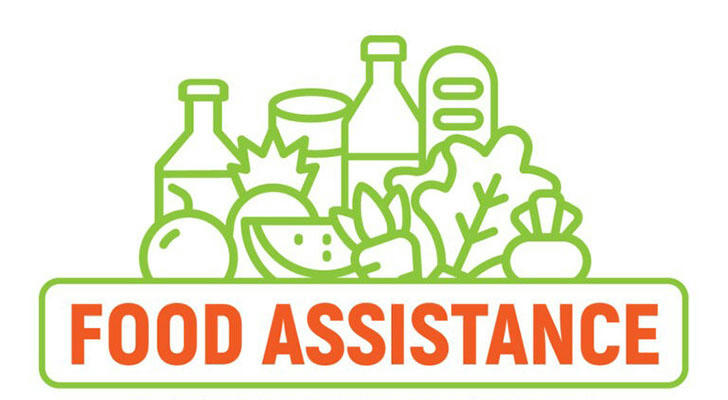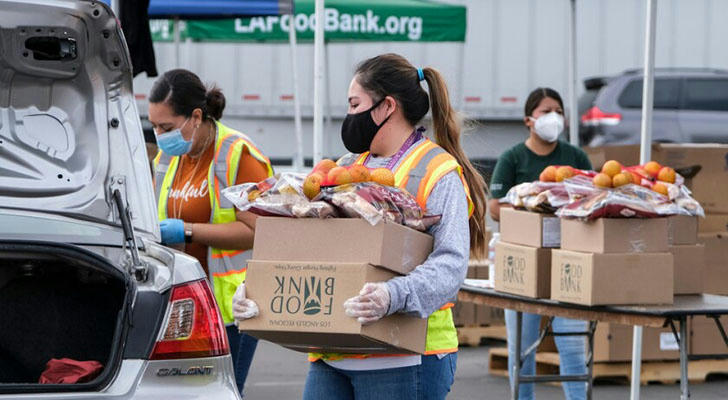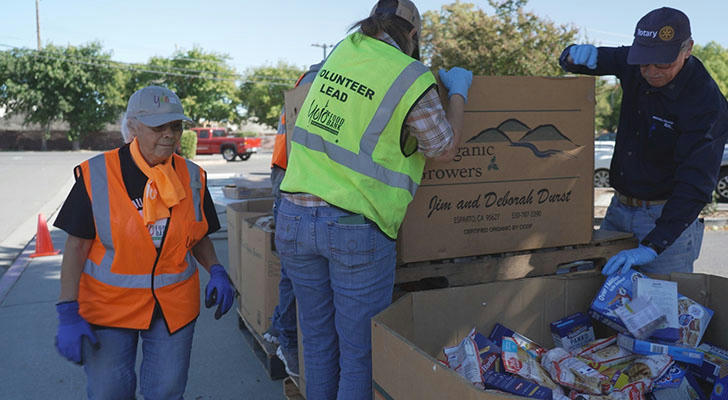Understanding Food Assistance: Helping Communities Overcome Hunger
Food assistance programs play a vital role in addressing food insecurity and ensuring that individuals and families have access to nutritious meals. With economic challenges, unemployment, and other hardships, many people face difficulties obtaining sufficient food. Food assistance initiatives provide critical support to vulnerable populations, promoting health, stability, and well-being.
This article explains what food assistance is, the types of programs available, eligibility criteria, and the positive impact these efforts have on communities.

What Is Food Assistance?
Food assistance refers to a range of programs and services designed to help people who struggle to afford or access adequate food. These programs may provide direct food distribution, financial aid to purchase groceries, or nutrition education.
Food assistance aims to reduce hunger, improve nutritional intake, and enhance quality of life. It often targets low-income individuals, seniors, children, and other at-risk groups.
Types of Food Assistance Programs
There are various food assistance programs available globally, often administered by government agencies, non-profits, and community organizations. Key types include:
Supplemental Nutrition Assistance Program (SNAP): A government-funded program that provides eligible low-income households with benefits to purchase food at authorized retailers.
Food Banks and Pantries: Local organizations that collect and distribute donated food items to those in need.
School Meal Programs: Initiatives that provide free or reduced-price meals to students to ensure children receive nutritious food during the school day.
Women, Infants, and Children (WIC) Program: A federal assistance program offering supplemental foods, health care referrals, and nutrition education to low-income pregnant women, new mothers, and young children.
Emergency Food Assistance: Short-term help provided during crises such as natural disasters or economic downturns.
Community Gardens and Meal Sites: Local projects that encourage food self-sufficiency and provide prepared meals to vulnerable populations.
Eligibility and Application Process
Eligibility for food assistance programs varies based on income, household size, residency status, and other factors. For example, SNAP eligibility considers gross and net income limits relative to federal poverty guidelines.
To apply, individuals typically need to provide documentation such as proof of income, residency, and household composition. Applications can often be submitted online, by mail, or in person at designated offices.
Community organizations may assist with the application process, helping applicants understand requirements and gather necessary documents.

Benefits of Food Assistance
Food assistance programs offer numerous benefits to recipients and society as a whole:
Improved Nutrition: Access to healthy foods reduces malnutrition and supports better physical and mental health.
Financial Relief: Food aid helps families allocate limited resources to other essentials like housing, education, and healthcare.
Enhanced Academic Performance: Children receiving adequate nutrition tend to perform better in school.
Community Support: Food assistance strengthens social safety nets and fosters community engagement.
Economic Impact: Food programs often support local economies by partnering with farmers, retailers, and distributors.
Challenges and Considerations
While food assistance programs provide essential support, challenges remain:
Stigma: Some individuals may hesitate to seek help due to social stigma or lack of awareness.
Access Barriers: Geographic location, transportation, and language barriers can limit program utilization.
Funding Limitations: Budget constraints may affect the availability and scope of assistance.
Nutrition Quality: Ensuring that provided food meets dietary guidelines can be difficult.
Ongoing efforts focus on improving outreach, accessibility, and program design to better serve those in need.
How to Find Food Assistance
Individuals seeking food assistance can start by contacting local government offices, community centers, or non-profit organizations. Many regions have helplines or websites listing available resources.
Schools, religious institutions, and health clinics often provide information or host food distribution events.
Online tools and mobile apps can also help locate nearby food banks or application portals.

The Role of Volunteers and Donations
Food assistance programs rely heavily on community support through volunteering and donations. Volunteers help sort, package, and distribute food, while donations of funds or goods enable organizations to serve more people.
Getting involved in local food drives or supporting food banks can make a meaningful difference.
Conclusion
Food assistance programs are a crucial component of social support systems worldwide. They address the basic human need for food, promote health, and contribute to economic and social stability.
By understanding available programs and how to access them, individuals facing food insecurity can find vital help. Communities and policymakers must continue working together to expand and improve these initiatives to ensure no one goes hungry.
